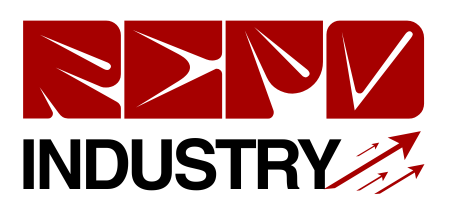Introduction to Trenchless Technology
Trenchless technology has become essential in modern infrastructure, offering non-invasive solutions for replacing and repairing underground pipes. Unlike traditional methods, which require extensive digging and can disrupt urban areas, trenchless techniques minimize surface disturbance. This is particularly beneficial for lead service line replacement, where minimizing interruptions and maintaining safety is paramount.
The adoption of trenchless technology is driven by its effectiveness and ability to enhance safety, reflect environmental consciousness, and improve cost efficiency. As urban areas grow, these innovative methods become indispensable in maintaining and upgrading essential pipeline systems with minimal disruption to daily life.
Key Safety Benefits of Trenchless Pipe Replacement
One of the primary advantages of trenchless pipe replacement is its enhanced safety profile. Traditional excavation exposes workers and the public to numerous hazards, including traffic accidents, falling debris, and unsafe trench conditions. Trenchless methods significantly reduce these risks by requiring fewer personnel at the site and minimizing open trench work.
Additionally, the reduced need for heavy machinery decreases noise pollution and lowers the possibility of equipment-related accidents. By reducing interruptions, trenchless techniques promote community well-being and guarantee a safer working environment. The improved safety standards afforded by trenchless techniques are instrumental in maintaining the integrity of urban settings and preserving public safety.
Minimizing Environmental Impact
Trenchless technology also presents an eco-friendly alternative to traditional pipe replacement methods. By avoiding extensive digging, these techniques protect natural habitats and reduce soil erosion. This is particularly beneficial in urban areas where preserving green spaces and minimizing construction waste are priorities.
Moreover, trenchless methods typically require less fuel and fewer resources, thereby reducing the overall carbon footprint of pipeline replacement projects. Businesses who are dedicated to sustainability are using these technologies more and more to match their operations with environmental objectives and show that they care about the environment.
Technology Advancements in Trenchless Methods
Technological advancements have expanded the capabilities of trenchless methods, making them more effective and versatile. Without requiring a lot of excavation, methods like pipe bursting and directional drilling enable accurate pipe replacement and installation. These advancements have made it possible to tackle complex pipeline challenges efficiently.
Innovations like AI and machine learning further revolutionize trenchless technology by improving accuracy and reducing human error. These technologies enable real-time monitoring and decision-making, enhancing pipeline projects’ reliability and ensuring they are completed safely and efficiently.
Cost-Effectiveness and Efficiency

Trenchless techniques are noteworthy for their cost-effectiveness and advantages for safety and the environment. By cutting down on the amount of time needed for projects and eliminating the need for major excavation, these technologies can result in significant savings. Minimizing surface disturbance also reduces road repair and landscape restoration costs.
Trenchless methods are particularly advantageous for urban areas, where avoiding prolonged disruptions is crucial. Businesses and residents benefit from these technologies, which reduce inconvenience and maintain accessibility, reinforcing the importance of trenchless techniques in modern pipeline management.
Future Trends and Innovations
The future of trenchless technology is promising, driven by ongoing research and innovation. Developments in materials, such as more durable and sustainable pipes, are expected to enhance the lifespan and reliability of infrastructure projects. Furthermore, advancements in robotics and remote sensing will continue to improve the precision and efficiency of trenchless methods.
As urban areas expand and the demand for reliable infrastructure grows, trenchless technology is poised to play a crucial role in shaping the future of pipeline management. The ongoing pursuit of improvement and adaptation will ensure these methods remain at the forefront of safe, efficient, and sustainable construction practices.











